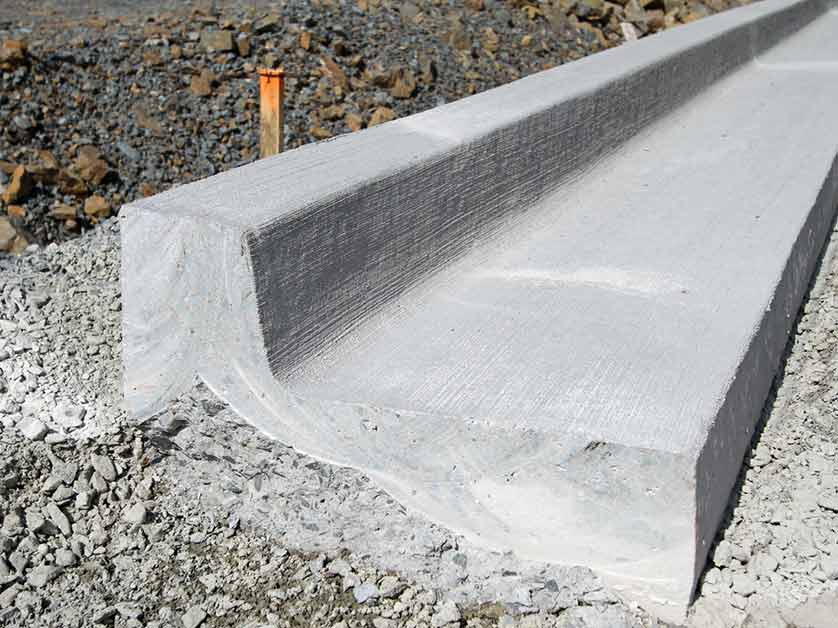
Concrete curbs and gutters are essential components of urban infrastructure. They help manage stormwater, enhance safety, and contribute to the aesthetic appeal of roads and pathways. Understanding the different types of concrete curbs and their construction process can aid in making informed decisions for your property development and maintenance.
Importance of Curbs and Gutters
Concrete curbs serve as the boundary between the road and the sidewalk or green areas, preventing vehicles from encroaching onto sidewalks or landscapes. They also support the pavement edge to prevent breakdown. Gutters, on the other hand, are designed to channel water away from the pavement, reducing erosion and water damage to the roadway and adjacent properties.
Types of Concrete Curbs
Concrete curbs come in various designs, each serving specific purposes depending on the needs of the area. The most common types include the following:
- Barrier Curbs: Erected primarily to deter vehicles from leaving the roadway, these curbs present a straight, vertical face to the road. They are common in commercial areas where pedestrian safety is paramount.
- Mountable Curbs: These curbs have a gentler slope on one side, allowing vehicles to drive over them when necessary. This design is particularly favorable in areas with driveways or where sidewalk access is needed for vehicles, such as shopping centers or residential communities.
- Monolithic Curbs: Constructed as part of the road surface, these curbs are seamless with the pavement, providing a smooth transition from the road to the curb. They are suitable for areas with heavy vehicle traffic.
- Slanted Curbs: While serving no practical traffic control or drainage function, slanted curbs add an aesthetic touch to streetscapes. They are often used in residential neighborhoods.
Construction of Curbs and Gutters
The construction process for curbs and gutters is intricate, requiring precise planning and execution. Initially, the area for the curb and gutter is marked and excavated. A sturdy base, typically of gravel mixed with cement, is laid down and compacted. Formwork, which shapes the curb and gutter, is then installed and secured.
Concrete is poured into the formwork, and efficient water drainage is ensured by maintaining a proper slope. After curing, the concrete is carefully finished to smooth out imperfections, and joint fillers may be added for expansion control.
Got more questions about concrete curbs and gutters? Bonness is ready to answer them and offer tailored advice for your commercial or residential project. Call us at (239) 597-6221 or visit our contact page to schedule a consultation.
